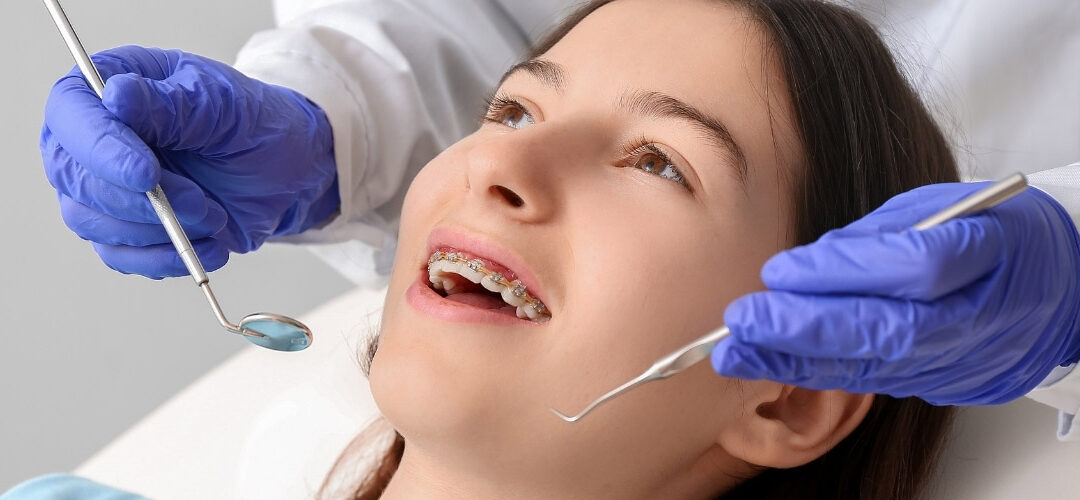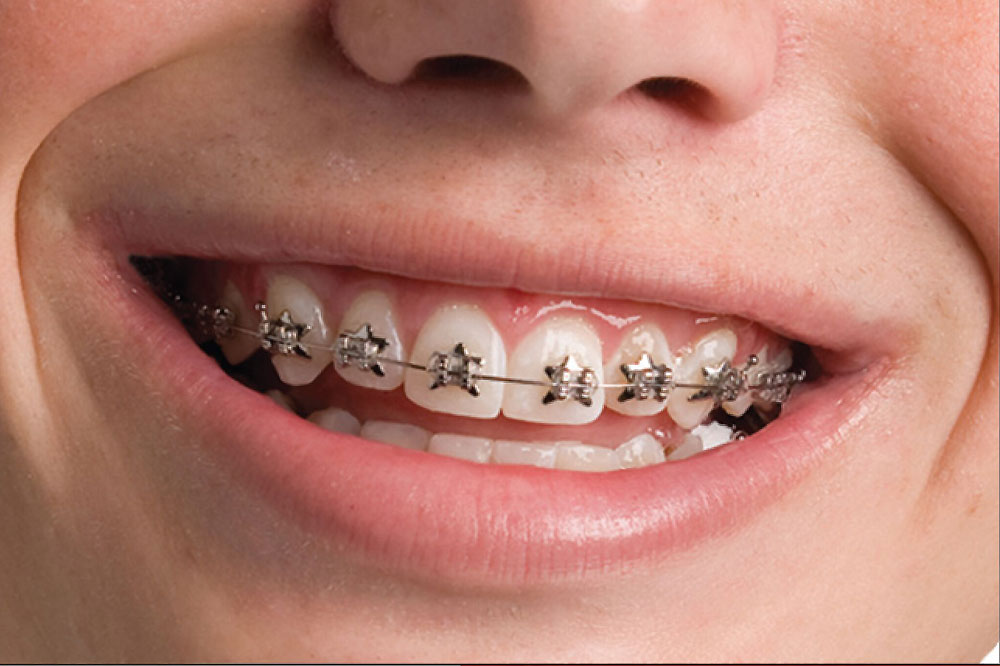Leading Tips for Choosing the very best Cumming Orthodontist for Braces and Aligners
Leading Tips for Choosing the very best Cumming Orthodontist for Braces and Aligners
Blog Article
Comprehensive Guide to Orthodontics Procedures for Fixing Dental Misalignments
Recognizing the ins and outs of each treatment, including their devices, advantages, and possible downsides, is essential in making notified decisions regarding one's orthodontic treatment. As we browse with the thorough guide to orthodontic procedures for correcting dental imbalances, the intricate information of each approach will certainly unravel, losing light on the course towards a harmonious and practical dental alignment.
Orthodontic Procedures Overview

Along with conventional braces and clear aligners, orthodontists might likewise recommend various other interventions like headwear, palatal expanders, or retainers to deal with specific placement issues (braces). These treatments are tailored per client's one-of-a-kind requirements and might include a mix of treatments to attain the desired outcomes. Regular modifications and monitoring are vital parts of orthodontic therapy to guarantee progress gets on track and to make any essential alterations in the process. By undertaking orthodontic procedures, people can not just achieve a straighter smile yet likewise enhance their total dental health and wellness and function.
Standard Dental Braces: How They Function
When taking into consideration orthodontic therapies for oral imbalances, standard dental braces stand out as a time-tested approach for remedying teeth placing. Typical dental braces contain braces, cords, and bands that interact to apply continual stress on the teeth, progressively relocating them right into the preferred positioning. The brackets are connected to the teeth using an unique adhesive, and the cords are threaded via the brackets. By adjusting the tension of the wires, orthodontists can control the direction and force applied to each tooth, leading them right into correct alignment over time.
As stress is applied to the teeth with the braces, the bone surrounding the teeth is reshaped to support the brand-new tooth positions. Individuals will certainly need normal changes at the orthodontist's office to ensure the braces proceed to apply the proper stress for effective teeth activity.
Undetectable Aligners: Pros and Cons
These clear, personalized trays are essentially undetectable when worn, making them an appealing alternative for individuals seeking an extra cosmetically pleasing orthodontic treatment. Clients can get rid of the aligners prior to eating or cleaning their teeth, minimizing the danger of food getting stuck in the device and streamlining the cleansing process.

Surgical Orthodontic Options
Surgical treatments in orthodontics present practical choices for addressing complex dental imbalances that might not be effectively solved with traditional orthodontic treatments. While traditional braces and unseen aligners can deal with numerous orthodontic issues, specific instances call for surgical treatment to attain optimal outcomes. Surgical orthodontic choices are generally recommended for severe malocclusions, significant jaw discrepancies, and cases where the underlying bone structure requires alteration to attain correct positioning.
One typical surgical orthodontic procedure is orthognathic surgery, which entails rearranging the jaws to remedy practical issues such as difficulty eating or talking. This surgery is often executed in cooperation with an orthodontist that assists align the teeth prior to and after the treatment. Surgical orthodontics may also entail treatments to expose impacted teeth, get rid of excess periodontal cells, or reshape the jawbone to create a more harmonious facial profile.
Before taking into consideration medical orthodontic alternatives, people undertake an extensive assessment to identify the requirement and prospective benefits of such interventions. cumming braces. While surgery may appear complicated, it can substantially enhance both the feature and visual appeals of the smile in cases where traditional orthodontic treatments fall short
Retainers and Post-Treatment Care

Failure to conform with post-treatment treatment guidelines can result in dig this regression, where the teeth progressively move back in the direction of their initial positions. Consistent retainer wear, great dental hygiene, and routine dental check-ups are crucial for preserving the outcomes achieved with orthodontic surgical treatment and making sure the lasting security of the remedied oral positioning.
Final Thought
In final thought, orthodontic procedures offer numerous alternatives Learn More Here for remedying dental imbalances. Surgical orthodontic options are offered for a lot more severe imbalances. In general, orthodontic treatments can successfully improve oral health and visual appearance.
As we browse through the detailed guide to orthodontic treatments for correcting oral misalignments, the complex details of each approach will unravel, losing light on the path towards a functional and unified dental alignment. - cumming invisalign
One of the most common orthodontic treatments is the use of braces, which consist of metal braces and cables that use gentle stress to progressively shift teeth right into the wanted position.When taking into consideration orthodontic treatments for dental imbalances, typical braces stand out as a tried and true approach for correcting teeth positioning. In addition, invisible aligners may not be appropriate for intricate orthodontic issues that require more substantial teeth activity, as they are generally suggested for light to modest cases. Retainers are tailor-made orthodontic devices developed to hold teeth in their remedied placements after the conclusion of orthodontic treatment.
Report this page